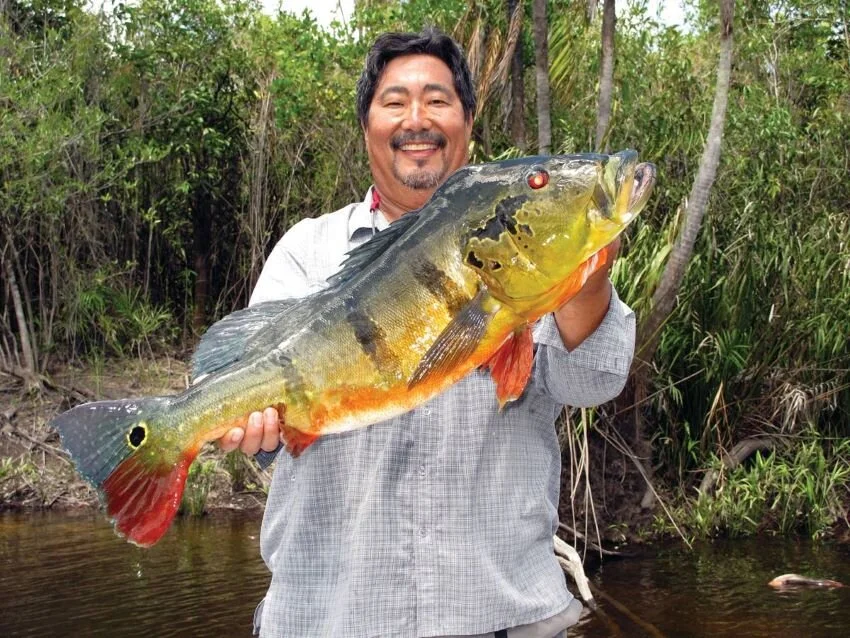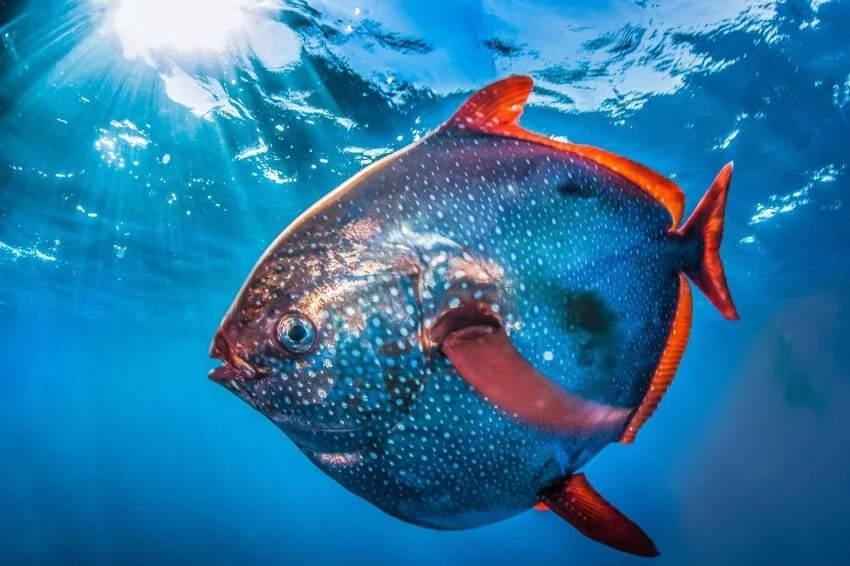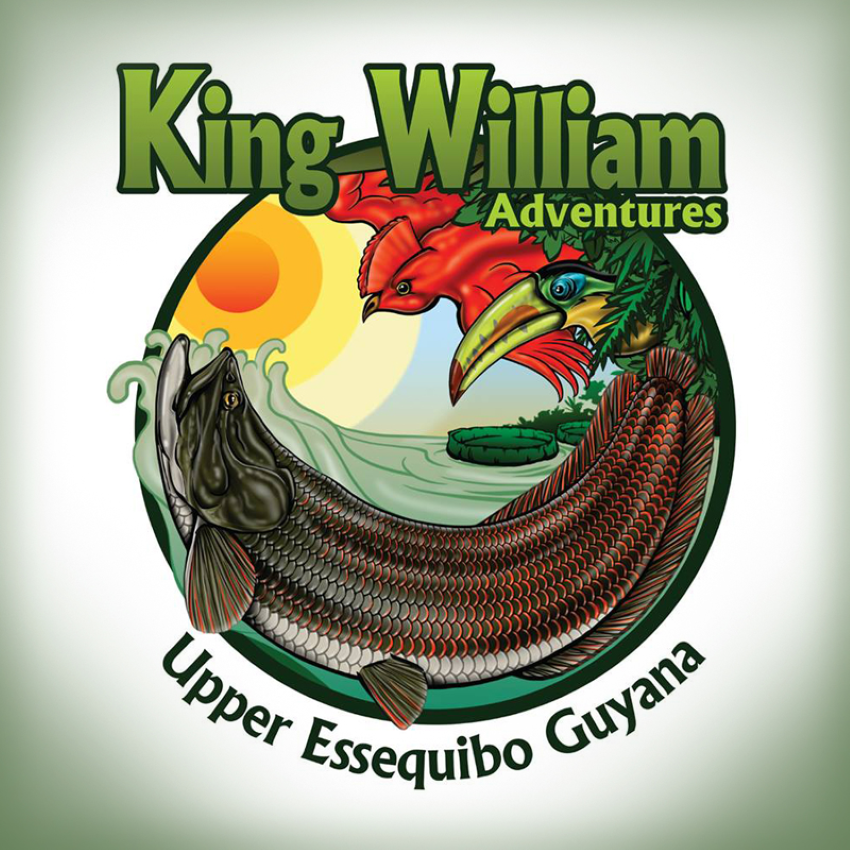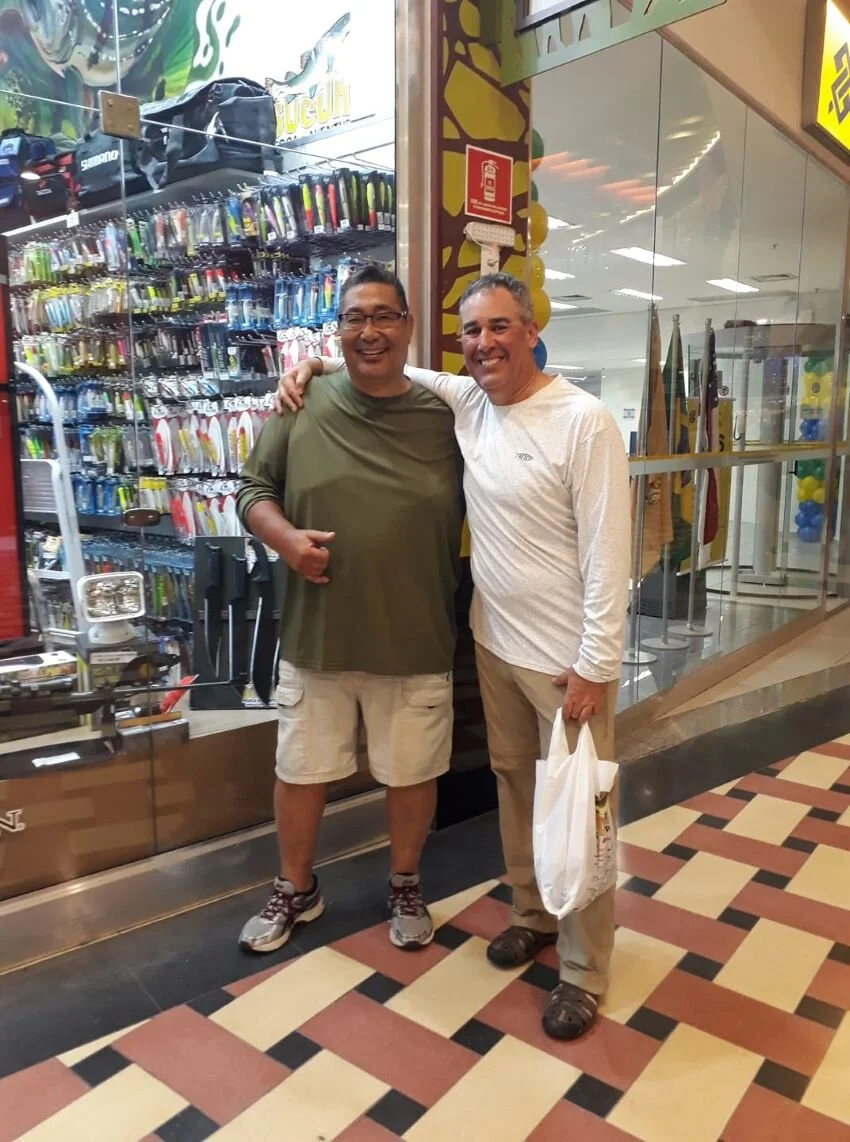Steve Yatomi: The Man Who Taught Us How to Travel the Right Way
Travel is my passion. I am thrilled to see places that others dream of, or perhaps don’t even know that they exist. But just going places doesn’t make for a great trip. A huge part of travel satisfaction is the people that we go with. Breaking bread with people we would otherwise never meet completes the journey.
Steve Yatomi of Adventure Travel Alliance has been a huge influence on our lives and on the development of this website. We met him through Dennis “Cal” Shew, and Steve has guided us through two trips to the Amazon and a magical three-week adventure to Africa that changed our lives. He made our travels smooth and spectacular and we want to do this for others as well.
There are lots of outfitters and tour guides out there, but the reason that Steve is so special is because just about everyone he meets becomes his family. I call him “Uncle Steve,” and lots of other people do, too.
He’s an adventurous eater who introduced us to piranha, turtle, caiman and even zebra (although I’m still convinced it was just a hamburger). He eats pretty much everything….except Indiana Jones style monkey brains, which he declared “way too close to home.”
Steve is on the road (or in places without roads) more than he’s at home. He’s traveled to over 80 countries, and spends long periods of time in the Amazon, Africa, New Guinea and other places you probably didn’t know exist.
Recently, he was honored with the IGFA Representative Conservation Award for his involvement in the development of a sustainable fishing ecotourism program in the Apoteri Village in Guyana.
I caught up with him during one of his brief stopovers at home, as he was packing to go to the Amazon:
HPFC: Steve do you from a family of world travelers?
Yatomi: My father traveled the globe as a Merchant Marine.
HPFC: So how did your interest in fishing transition to become a business?
Yatomi: On the west coast I used to fish tuna quite a bit and did these long-range trips, up to 21 days. I was able to see the most beautiful sunrises and sunsets and experienced battles with tuna. They are one of the toughest species to catch. So, after a while, as I was working in the aquarium field I was very interested in tropical fish. I wanted to go to South America and check it out. So that opportunity came to pass when we lost permits to fish the islands for the giant tuna. I decided, here's my chance to go to the Amazon. My first trip was to the Venezuelan Amazon to the Pasimoni and Pasiva Rivers.
HPFC: What are some of your favorite exotic places?
Yatomi: I really like Africa. It’s so diverse between culture, animal life and fishing. It's really hard to compare one with the other because it's like apples and oranges. It's all really good.
HPFC: What are some of the places you really want to visit but have yet to see and why?
Yatomi: I want to go to Socotra, Yemen. That place has been on my bucket list for a while. I have a friend, Peter Gonorano, a Commander in the Navy and he had been there, and he has told me some really interesting things about Socotra. Madagascar is another place that I would like to venture to. Those two places are at the top of my bucket list.
HPFC: We know you're an adventurous eater. What are some of your favorite world cuisines, dishes and ingredients?
Yatomi: My favorite types of food are Thai and Mexican. I like curries made with coconut milk, and I love Mexican food with great salsas and all the different varieties of tacos.
HPFC: Are you a hot sauce lover?
Yatomi: Oh God, I love hot sauce.
HPFC: Do you make your own?
Yatomi: Yes, I make my own but on one of my interesting adventures I ran across ant hot sauce, in Puerto Ayacucho, Venezi;a. where they use fire ants and put it in a recipe. What they didn’t tell me was that I needed to strain it out before putting it on my food.
HPFC: For someone who is afraid to travel or not interested, sell them on the idea of seeing the world.
Yatomi: Well for me, growing up I used to watch a lot of TV: Wild Kingdom, Marlin Perkins, American Sportsman, but it’s one thing to see it on TV, it's another thing to see it live. What you really can't see is the culture -- spending time talking to the guides, talking to the communities. You see how they live, what they do and how life is different than ours. It’s so very special and I think that in itself gets me up to travel.
HPFC: For someone who hasn't been many places and has limited budget, where would you recommend they go on their first trip?
Yatomi: If we're talking about international travel, I would have to say Mexico or Canada, just across the border. There are some great places to fish, and both the Canadians and the Mexicans have total different cultures. In both locations, you can find great values and good fishing.
HPFC: Many of our readers will be surprised to learn that you were part of a famous bass tournament team in Southern California.
Yatomi: Most days I really didn't fish with a lot of people. We fished by ourselves, before Castaic was popular, before it was famous. Before Danny Kadota caught his 19 pounder. It was great. Between that and fishing Castaic Lake it was just a lot of fun. We would catch some 50 pound stringers but that's back in the day. You know, I used to live in between Lake Casitas and Lake Castaic so I was able to get to either locations in about 40 minutes and that gave me the opportunity to fish a lot.
HPFC: For someone who is a hardcore bass fisherman, what is a good jumping off point to more exotic species?
Yatomi: I would say peacock bass. You can take any bass fisherman and put them in the Amazon and they would do well. It's so very similar except for the fight of the fish. Structure oriented, similar type baits, maybe just a little bit bigger and you just have to gear up a little bit better. But most bass fisherman, they do very well in the Amazon.
HPFC: If someone has no budget limitations at all, what is the dream trip?
Yatomi: That's a toughie. You have the Seychelles to fish bones and a hundred fourteen Islands there. Then you have the Maldives which is pretty special. Something that's coming up and really taking off is catching monster king salmon in Chile. Also, some offshore fishing in the South Pacific where you can catch some giant GTs.
HPFC: What is your favorite fish to catch?
Yatomi: Well, you know, being from Southern California, I really like catching calico bass. I have caught an awful lot of tuna and I love those. I love peacock bass. Oh Hanna, that's a bad question because I love catching them all. Honestly, I do.
HPFC: What is a species that you want to catch but have not yet chased or captured.
Yatomi: My dream, number one bucket fish is the Moonfish, also known as an Opah. It's red and purple, it's so beautiful.
HPFC: What species is overrated?
Yatomi: That’s a trick question, because I love them all and they're all sort of dying off. To get the opportunity to catch big panfish, big bass, big muskies or even big smallmouths, they are all just so special. You know so much of our watershed is under siege, so really, I appreciate everything that I have gotten to fish. I actually don’t think that is a real question.I mean I used to make fun of carp, but man when you catch one, they really tug and the same thing with cats. I just can’t say anything really comes to mind on overrated fish.
HPFC: What should be the top five places on a traveling angler’s bucket list.
Yatomi: I'll give you my five, but not in any special order. I would say tigerfish, peacock bass, golden dorado, New Guinea Black Bass and I like this lesser-known fish called a Capitan or a Threadfin Salmon off the west coast of Africa.
HPFC: How did you get so involved in the creation of an Arapaima camp in Guyana?
Yatomi: In all my travels in South America, Guyana has always been off the list because it's been dangerous and I always wait for things to open up. So when that right time came to open up, I went in.
Here's a story for you, fishing in Suriname, the country next to Guyana, I met a guide, Jimmy Wezer, and he told me he used to cross into Guyana and carry his boat and all his equipment and then cross back into Suriname. He went in there and he didn't know very much about arapaimas and when they came up and gulped air and he was on that water at night, he said he couldn't get to the shore fast enough and get out of there and get back to Suriname, he was just so afraid.
At that time I didn't know there were arapaimas there until he mentioned it. I looked into it and went to a couple places and they weren't suitable. Then finally we ended up get up back where Jimmy went and then we went further up from there, and that's a very special place. It holds about 800 Arapaima, we know this as we have arapaima counters, native guides that are trained in Brazil and they sit around the ponds and they count arapaimas and they're quite accurate.
HPFC: What are the best lures for catching 400-pound Arapaima?
Yatomi: What we do is find lures that are big and meet what we need. They need to be shallow diving and have a slow retrieve. Another bait, such as swimbaits, that sink, so that way you can adjust things like triple fish. We try the thing with triple fish is it's a great lure but to catch a big fish normally the hardware fails at some point. We've had great luck with Megabaits, but they're discontinued and now the current bait that seems to be working well, is this ahad type bait from Duo and it holds up well. They really take a beating. They have already caught a few Arapaimas. They paint them up really nice to look like natural baitfish in the Amazon. I would say to look at that Duo Realis Fang Ops, in a peacock color, chirai color, which is a silver fish with the red tail and then you have the typical long shad-looking one with black stripes and Duo Realis makes those three colors and they will be pretty effective.
HPFC: What is next on your list?
Yatomi: I'm leaving for Brazil on Sunday. I happen to have a river that I'm looking at that's been closed. The lower portions been closed for five years and the upper portion has been closed for 15 years. Then we're heading to another river that has been closed and it's only open to one operator. So we're going to go look at that this season and see how it’s fishing.
HPFC: With all the places you have traveled and the food you have eaten, what is your death row meal?
Yatomi: [Giggles uncontrollably] Oh my God. OK. Death Row Meal. I think a nice big fat steak from Argentina, with all the trimmings and I think that will do it. Oh yeah, some salad.
HPFC: How are you going to wash it down?
Yatomi: Believe it or not, it’s 2020 and at 64 I just started drinking beer [laughs a lot more].
HPFC: What's your favorite so far?
Yatomi: I only drink Tecate Light. But to wash down my meal, it would have to be Tequila. Yeah. Yeah. Tequila.
If you’d like to contact Steve to book your dream travel experience, check out the Adventure Travel Alliance website or contact him through Facebook. He’ll usually get back to you extremely quickly, unless he’s at some distant location with no internet, or possibly no electricity. He’s worth the wait.





















Chris Zaldain always seems to be in the thick of things. Whether it’s adopting big bait culture, explaining his reasons for staying with BASS during “The Split,” or starting a must-watch podcast, he’s never short on opinions. I sat him down to ask him about some things that I didn’t think he’d addressed yet.